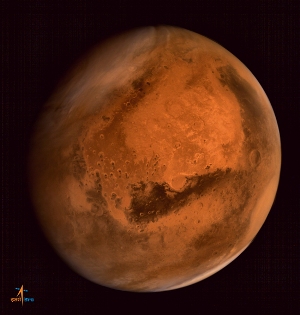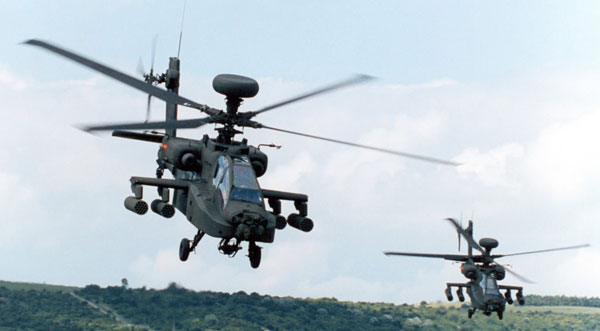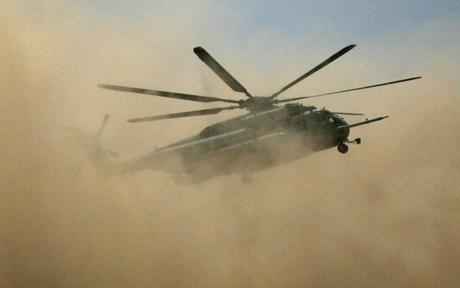
Regional dust storm activities over Northern Hemisphere of Mars - captured by Mars Color Camera on-board Mars Orbiter Spacecraft from altitude of 74500 km on Sep 28, 2014. Photo: ISRO
WASHINGTON (PTI): India and the US, after sending their own respective spacecraft into Mars' orbit, have now agreed to cooperate on future explorations of the Red Planet, which America said will yield "tangible benefits" to both the countries and the world at large.
The agreement in this regard was signed by NASA Administrator Charles Bolden and K Radhakrishnan, Chairman of the Indian Space Research Organization (ISRO) in Toronto the sidelines of the International Astronautical Congress.
The two sides signed a charter that establishes a NASA-ISRO Mars Working Group to investigate enhanced cooperation between the two countries in Mars exploration.
They also signed an international agreement that defines how the two agencies will work together on the NASA-ISRO Synthetic Aperture Radar (NISAR) mission, targeted to launch in 2020.
"The signing of these two documents reflects the strong commitment NASA and ISRO have to advancing science and improving life on Earth," said NASA Administrator Charles Bolden.
"This partnership will yield tangible benefits to both our countries and the world," Bolden said.
The joint Mars Working Group will seek to identify and implement scientific, programmatic and technological goals the two agencies have in common regarding Mars exploration.
The group will meet once a year to plan cooperative activities, including potential NASA-ISRO cooperation on future missions to Mars, it said.
NASA's Mars Atmosphere and Volatile EvolutioN (MAVEN) spacecraft arrived at Mars September 21. MAVEN is the first spacecraft dedicated to exploring the tenuous upper atmosphere of Mars.
ISRO's Mars Orbiter Mission (MOM), India's first spacecraft launched to the Red Planet, arrived September 23 to study the Martian surface and atmosphere and demonstrate technologies needed for interplanetary missions.
One of the working group's objectives will be to explore potential coordinated observations and science analysis between MAVEN and MOM, as well as other current and future Mars missions.
"NASA and Indian scientists have a long history of collaboration in space science," said John Grunsfeld, NASA associate administrator for science.
"These new agreements between NASA and ISRO in Earth science and Mars exploration will significantly strengthen our ties and the science that we will be able to produce as a result," he added.
According to a NASA statement, the joint NISAR Earth-observing mission will make global measurements of the causes and consequences of land surface changes.
Potential areas of research include ecosystem disturbances, ice sheet collapse and natural hazards.
The NISAR mission is optimised to measure subtle changes of the Earth's surface associated with motions of the crust and ice surfaces.
NISAR will improve our understanding of key impacts of climate change and advance our knowledge of natural hazards, he said.
"NISAR will be the first satellite mission to use two different radar frequencies (L-band and S-band) to measure changes in our planet's surface less than a centimetre across.
"This allows the mission to observe a wide range of changes, from the flow rates of glaciers and ice sheets to the dynamics of earthquakes and volcanoes," it said.
Under the terms of the new agreement, NASA will provide the mission's L-band synthetic aperture radar (SAR), a high-rate communication subsystem for science data, GPS receivers, a solid state recorder, and a payload data subsystem.
ISRO will provide the spacecraft bus, an S-band SAR, and the launch vehicle and associated launch services.
NASA and ISRO have been cooperating under the terms of a framework agreement signed in 2008.
This cooperation includes a variety of activities in space sciences such as two NASA payloads -- the Mini-Synthetic Aperture Radar (Mini-SAR) and the Moon Mineralogy Mapper -- on ISRO's Chandrayaan-1 mission to the moon in 2008.
During the operational phase of this mission, the Mini-SAR instrument detected ice deposits near the moon's northern pole, it said.
 Previous Article
Previous Article Next Article
Next Article












The Indian Air Force, in its flight trials evaluation report submitted before the Defence Ministry l..
view articleAn insight into the Medium Multi-Role Combat Aircraft competition...
view articleSky enthusiasts can now spot the International Space Station (ISS) commanded by Indian-American astr..
view article